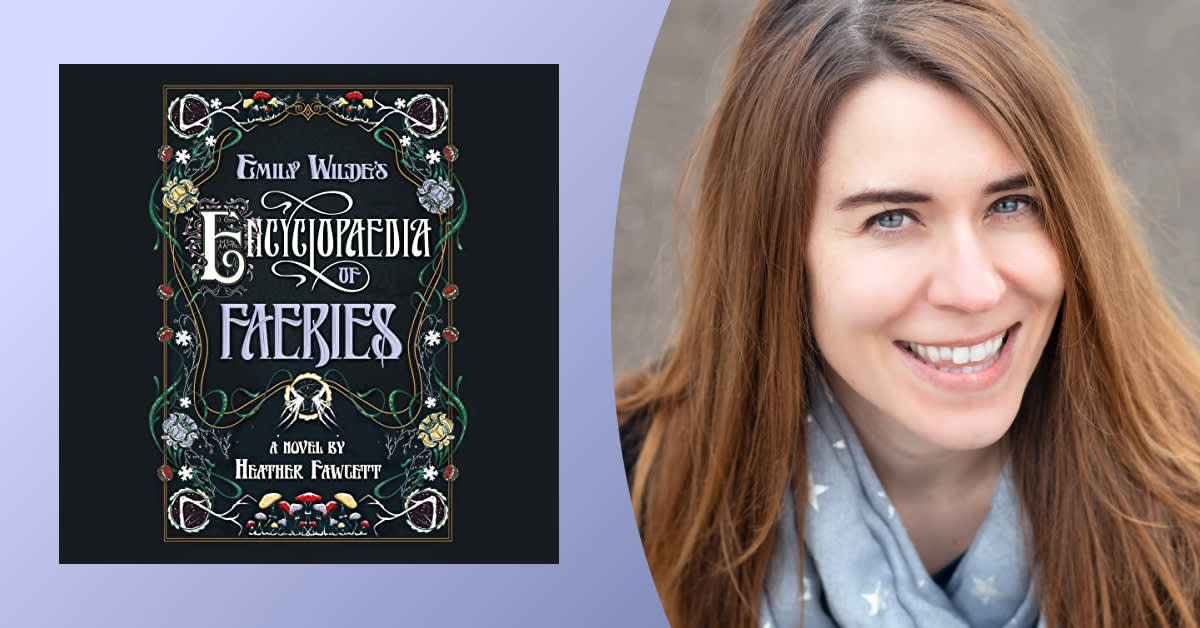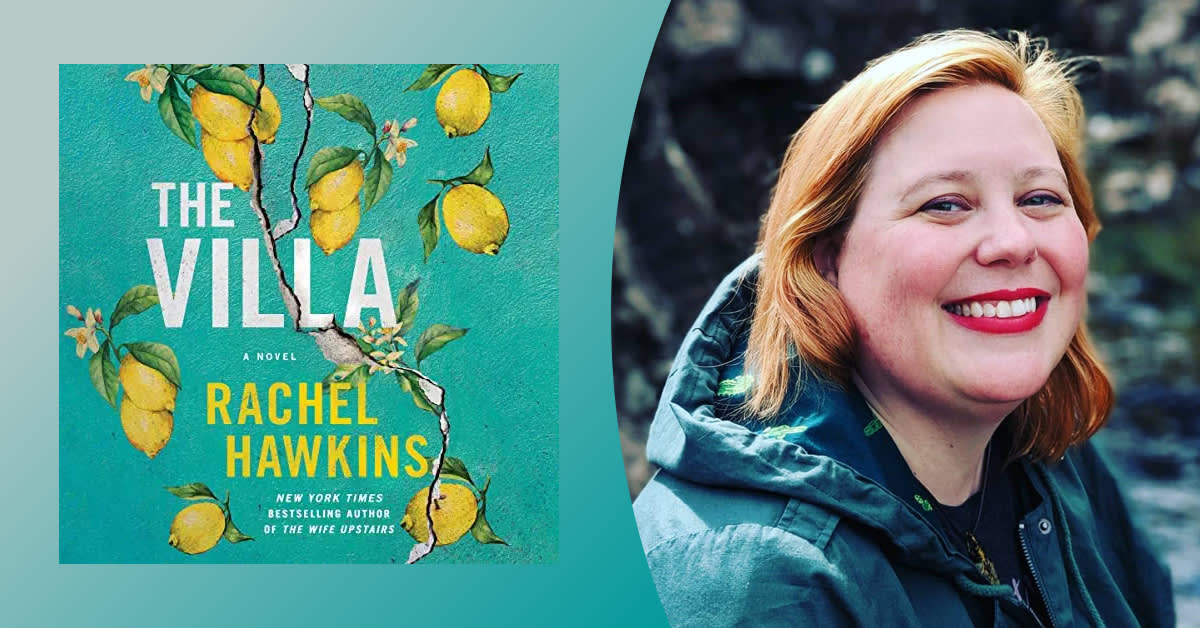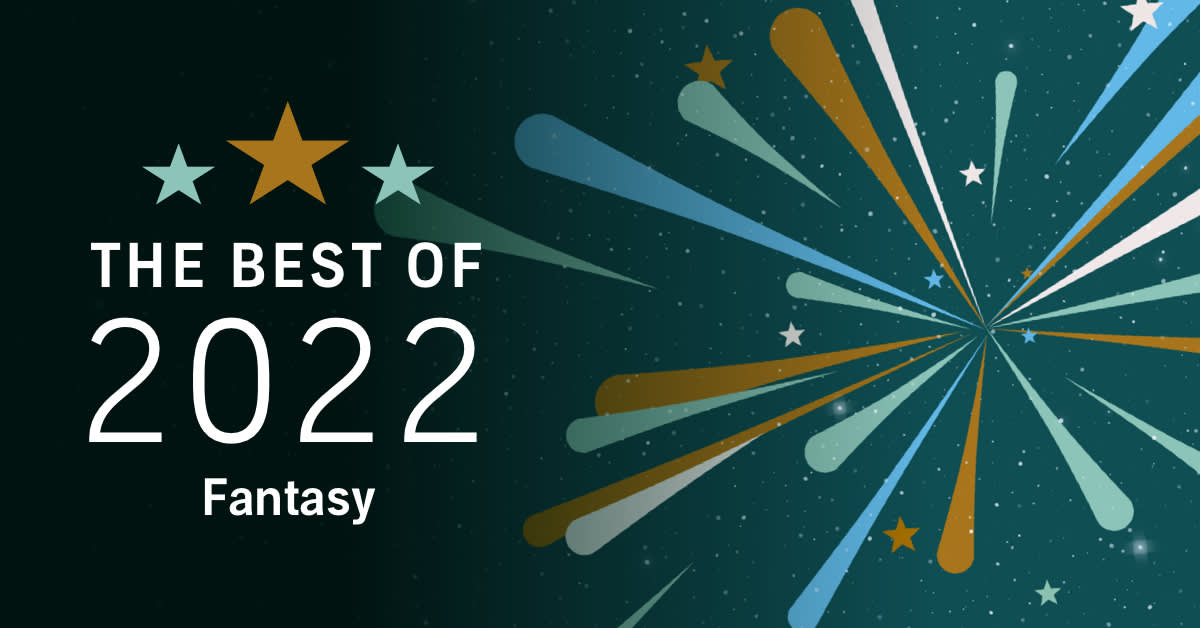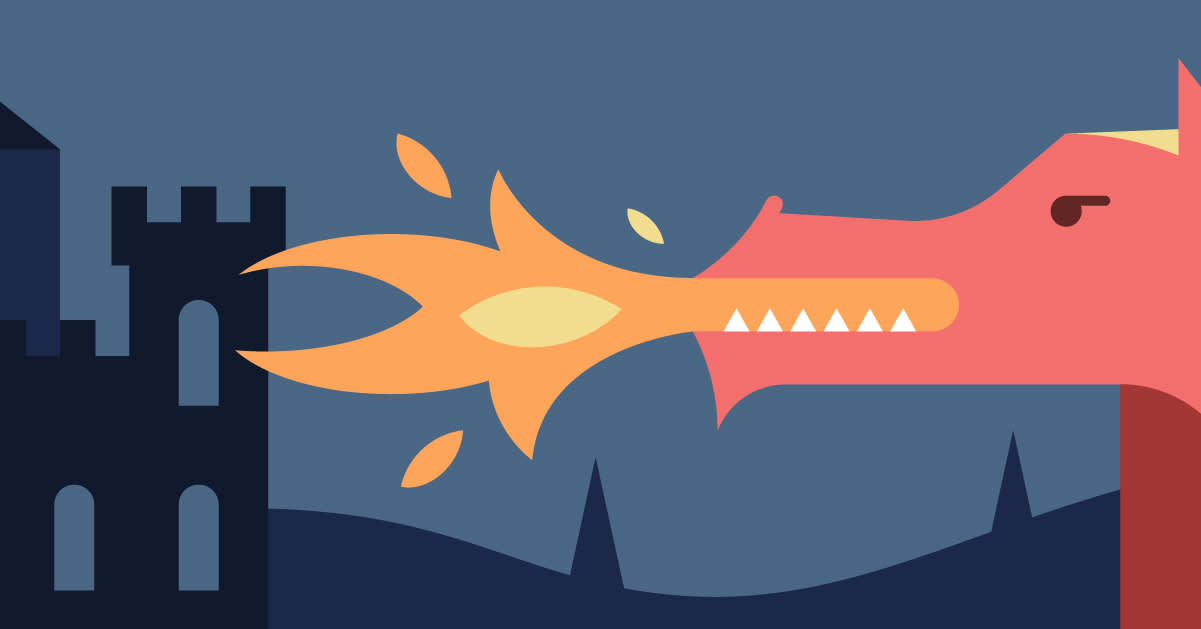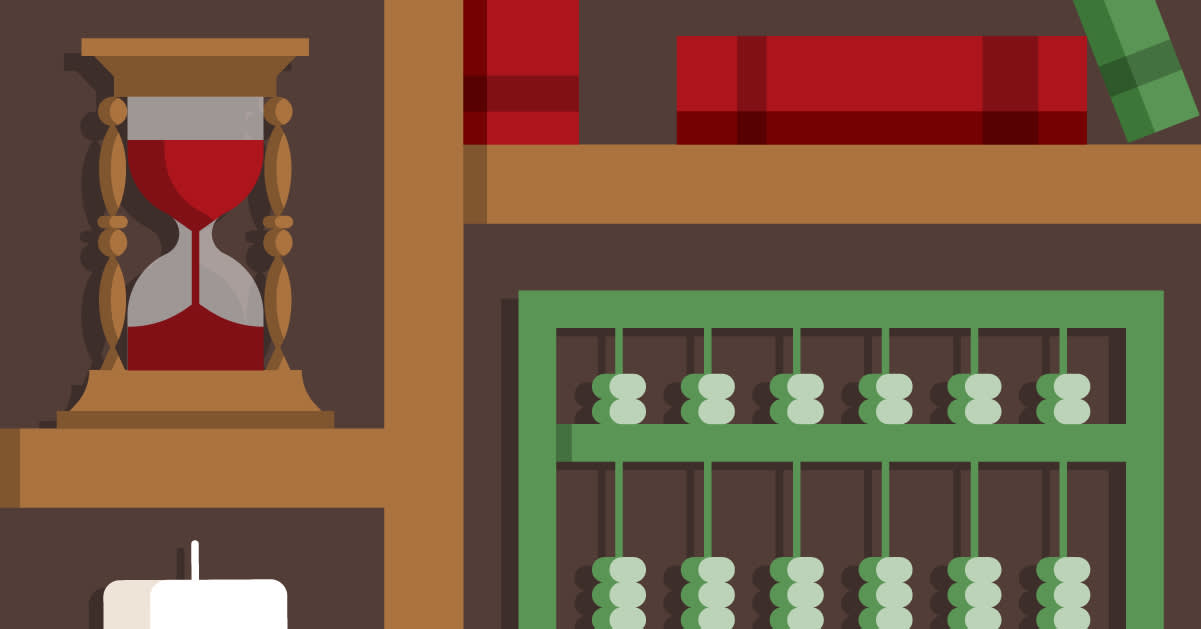Heather Fawcett, author of middle grade and young adult fantasy novels like Even the Darkest Stars and Ember and the Ice Dragons, wanted to write her debut adult novel about a fictional encyclopedia after being inspired by a real-life one. Find out what steps she took to create Emily Wilde’s Encyclopaedia of Fairies and its world of mythical creatures and the whimsical academics who study them.
Audible: Emily Wilde is such a charming, colorful character. What was her inspiration? Does she come from anyone you know?
Heather Fawcett: Thank you! I think, like most authors, I tend not to base my characters on specific people, although I certainly borrow certain traits. There were absolutely professors I knew in university who remind me of Emily in different ways, just as certain professors remind me a bit of Wendell. I think academia is a very natural environment for someone like Emily, who prefers the company of books and ideas to people. But on the whole, Emily is very much her own person. As an introvert, I personally relate to her on that level—I too would rather spend an evening at home with tea and a book than at some noisy pub.
When choosing Emily’s narrator, what were you looking for the performer to portray, and what do you love about Ell Potter’s delivery? What about Wendell’s narrator, Michael Dodd?
I was looking for someone who would do well with dry humor and a decent amount of snark, while speaking with the kind of precision and deliberateness that I imagine Emily's voice would possess. And Ell really delivered on all fronts. I'm someone who has a difficult time re-reading my books after they're published—I just pick apart all the things I could have done better—but I can listen to the audio versions, and I can't wait to hear what Ell does with the story.
I was fortunate enough to get to choose a second narrator specifically for the sections narrated by Wendell. I'm extremely grateful to the audiobook producer, Molly Lo Re, for suggesting this, because it makes so much sense in an epistolary novel, which is supposedly being written by the characters. Michael Dodd's samples had a wonderful sort of insouciance about them that I knew would suit Wendell perfectly.
We’re obsessed with anything academic fantasy. What works were you in conversation with when you conjured this version of Cambridge, the town of Hrafnsvik, and the faeries who lurk in its corners?
The main inspiration for this book was actually not a novel at all but an encyclopedia—specifically, An Encyclopedia of Fairies by Katharine Briggs. It's a wonderful compendium of primarily British fairies and related beasts. I was actually reading it for research for a different book, and I found myself wondering: What would it have been like to put together something like this? Which was ultimately the seed for Emily Wilde.
In terms of academic fantasy, I found myself thinking about two books by Susanna Clarke as I worked on Emily Wilde—Jonathan Strange and Mr. Norrell, which features its own take on malevolent fairies, and a short story collection called The Ladies of Grace Adieu and Other Stories. One of my favorites in the collection is an epistolary story called "Mr. Simonelli, or The Fairy Widower." It's this wonderful blend of whimsy and horror that Susanna Clarke does better than any author I know. It's also very funny—she pokes fun at the epistolary format in a way that I took inspiration from. In terms of Jonathan Strange, which is such a vast epic—it creates an entire mythology of British magic—I loved the idea of taking some of that academic sensibility (including footnotes) and putting it in a more contained package. Making it cozier, in other words.
What kinds of research did you get lost in when creating your version of 1900s Scandinavia?
First and foremost, there was the folklore—I spent many happy days immersed in stories of elves, trolls, fairies, and other supernatural creatures from Scandinavia. I can't say that the life of an author is always easy, but there are definitely days where I feel very lucky to be doing what I do.
Ljosland is an imaginary island country off the coast of Norway and inhabits about the same latitude as Iceland, but it's smaller in size, perhaps closer to the Faroe Islands. So I also read up on the unique geography of these regions and tried to come up with something that would feel like it could exist in that part of the world but also be its own place.
I also may have watched an unnecessary number of online tutorials about proper techniques for cutting firewood.
Can you give us any deets on where Emily and Wendell’s adventures will lead them next?
I don't want to give away any surprises, but I can say that the question of Wendell's door becomes a very important one in Book 2. Also, there are a few clues scattered throughout Book 1 that might point to the specific region of the world where Emily and Wendell will end up next. It's somewhere with a very different landscape and atmosphere from Ljosland, but I think readers who enjoyed the cozy cottage vibes of Book 1 will still come away feeling satisfied.
I can also promise that readers will get a glimpse of Emily in her natural habitat—that is, her beloved Cambridge.

